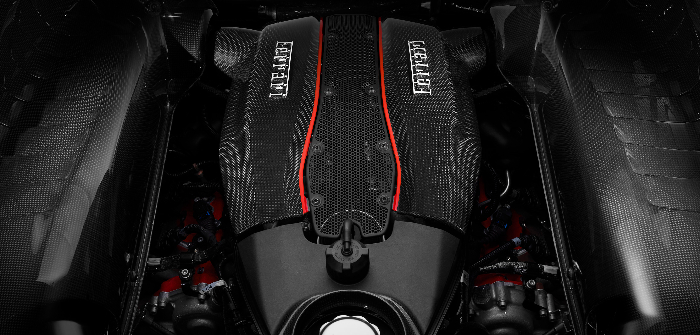We decided to mark the 20th anniversary of the International Engine of the Year Awards with a very special ‘Best of Best’ Award, a prize for what our jury of 70 of some of the most respected motoring journalists around the world believes is the most significant, most entertaining, and most relevant engine of the last 20 years. To decide who made the best engine of the last two decades, we asked our jurors to vote for a shortlist of powertrains that have won the overall International Engine of the Year title since the Awards began in 1999. It’s a shortlist comprising some of the best power units ever made, from the inaugural International Engine of the Year – Toyota’s 1-liter, four-cylinder – to Ford’s own 1-liter that won the overall title three years in a row from 2013.
Also in the mix for the Best of Best honors was the 2003 winner, Mazda’s rotary Renesis, along with Fiat’s 875cc two-cylinder, plus VW’s 1.4 liter Twincharger that won in both 2009 and 2010. Toyota’s 1.5-liter hybrid won in 2004, meaning it went head-to-head for the Best of Best prize with numerous contenders from BMW, the most successful brand in the Awards’ history. The Munich-headquartered company has won the overall Awards title a record seven times with its 5-liter V10, its 3.2-liter straight-six, its 3-liter twin-turbo, and its 1.5-liter hybrid that won in 2015. And so what we witnessed was a true David and Goliath battle: 875cc Fiat takes on BMW’s 5-liter.
But the outcome of the Best of Best competition may at first come as a surprise to some. Honda’s pioneering 1-liter IMA hybrid from the year 2000 didn’t really feature in the results, while the aforementioned BMW i8 1.5-liter that brought plug-in hybrid-power to the supercar was actually beaten by its near legendary 3.2 straight-six sibling. No, the jury voted the Ferrari 3.9 V8 the overall Best of Best engine of the last 20 years!
The Italian biturbo, which also won a further three Awards this year by topping the Performance Engine category, the 3-liter to 4-liter category, and taking the overall International Engine of the Year title for a third consecutive year, has been named the greatest engine of the International Engine of the Year Awards era. Why? At first, you could be forgiven for thinking its triumph is because it emits enough power to put a smile on anyone’s face. Its success could also be the fact that the V8 emits an incredible sound, or that it’s a rare beast in that it’s a forced-induction engine that thrives on revs. It’s ‘efficient’ too: a so-powered Ferrari 488 can sip just 11.4 l/100km (20.6mpg) compared with the 4.5-liter-propelled 458 predecessor that guzzled
0.4 liters more gasoline to travel the same distance – and yet the bigger engine produces 68ps less. However, the main reason why this 3.9-liter V8 has been so successful is because Ferrari took a risk when it downsized its engine and decided to add a pair of turbos.
It is a fact that a Ferrari with anything other than a spectacular engine is set to become commercially unloved. Beautiful styling? Check. Involving handling? Check. Dull-sounding engine, that doesn’t have much performance, and isn’t fun to rev? Oh dear!
When Ford decided to put a 1-liter, three-cylinder unit under the hood of its Focus, it wagered the equivalent of US$100. Had its gamble not worked, the US giant had other engines to call upon – and indeed already available in that very model. But when Ferrari downsized and added turbos to the engine of its biggest seller, it arguably bet the success of the entire company! That the gamble worked signaled to the entire car industry that downsizing and turbocharging – and no doubt plug-ins et al. – are acceptable to even the most discerning of car buyers. And for that reason, Ferrari deserves the Best of Best Award.


